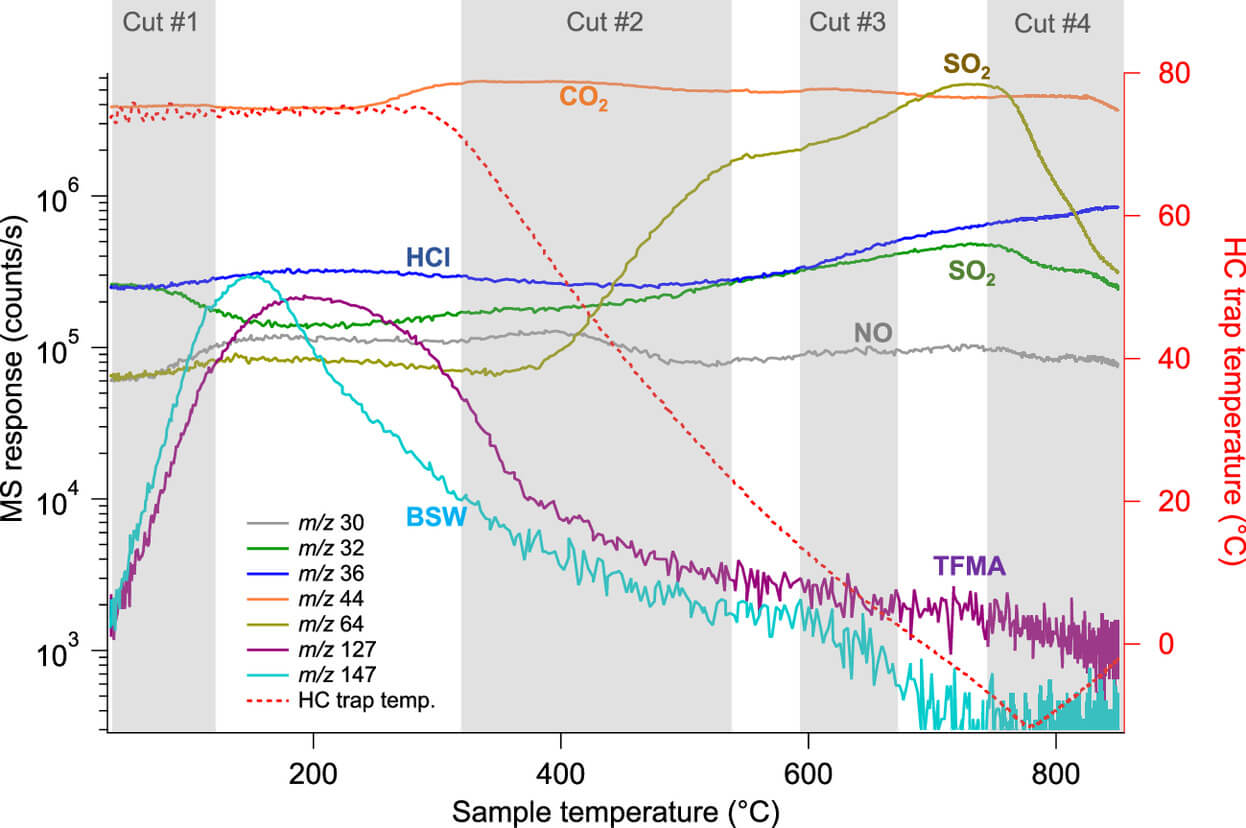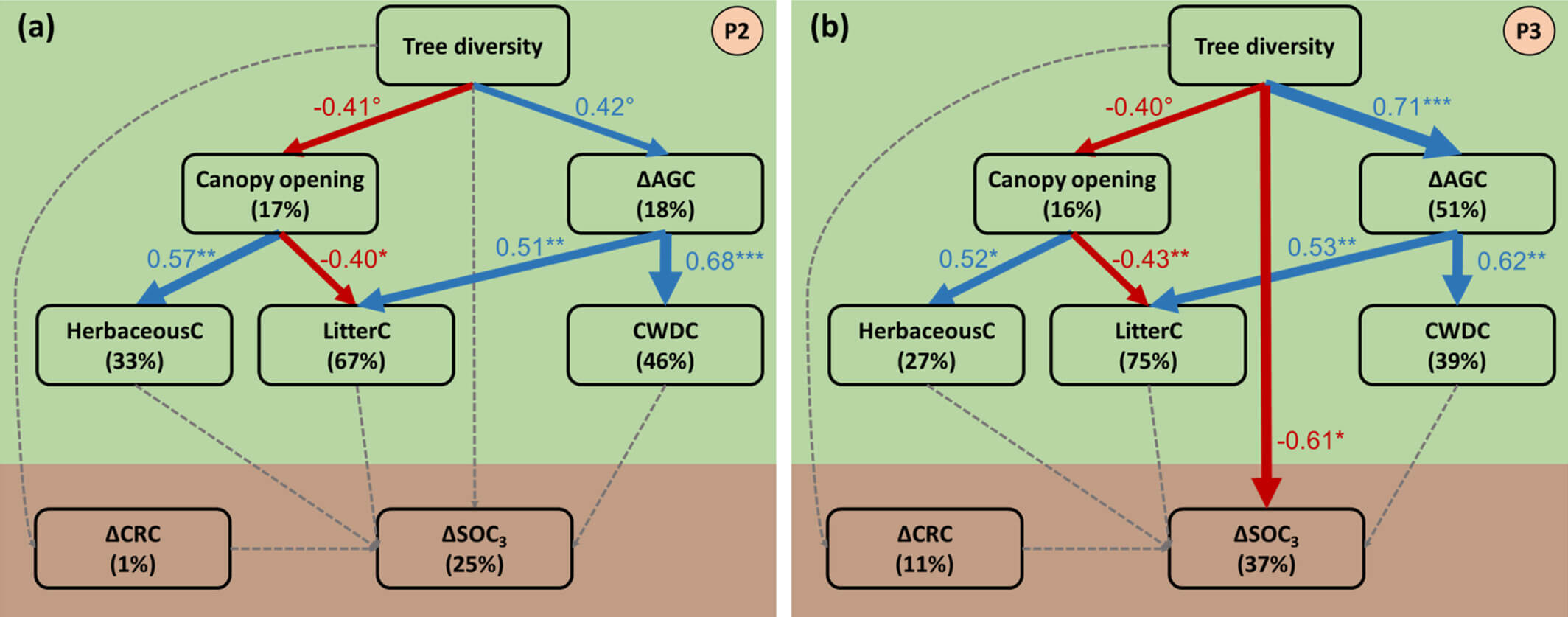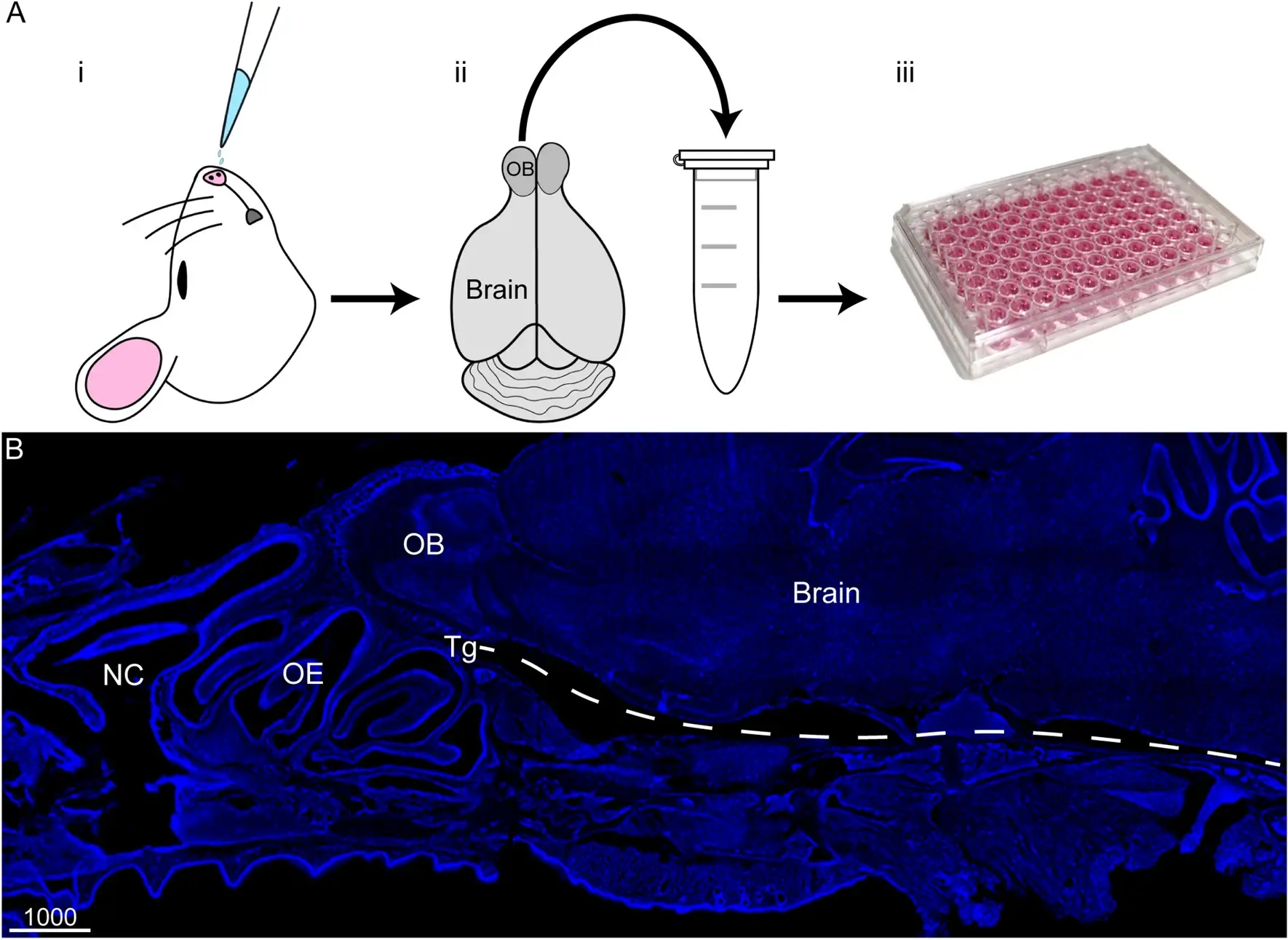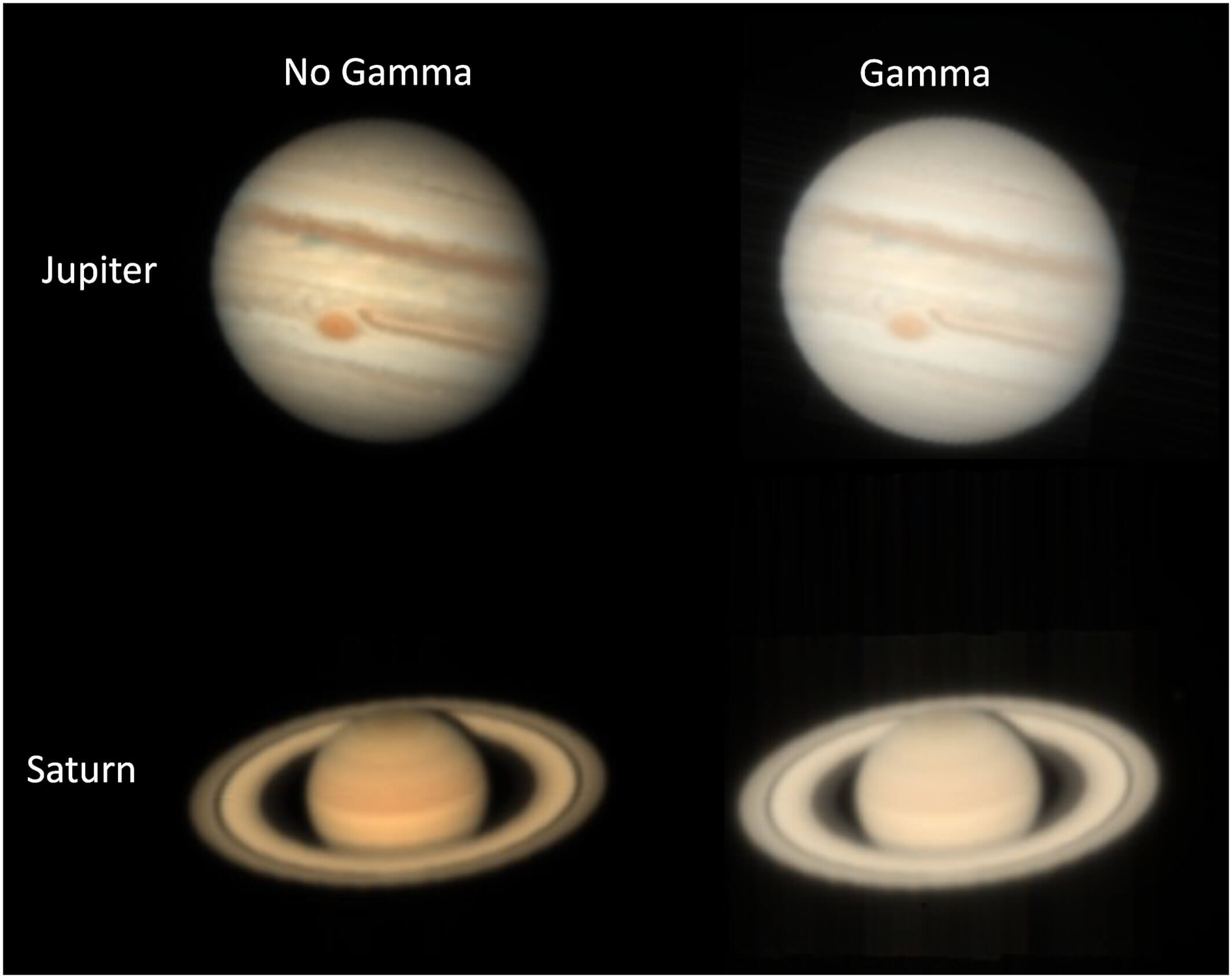
Beneath the dusty, red surface of Mars, a discovery has emerged that could reshape what we know about the planet’s ancient past. NASA’s Curiosity rover, which has been exploring Gale Crater for over a decade, has detected long-chain alkanes—organic molecules that could hold clues to Mars’ habitability billions of years ago.
These hydrocarbons, which include decane, undecane, and dodecane, are the largest organic molecules ever found on the Martian surface, raising intriguing questions about the planet’s chemical history.
The molecules were discovered in a mudstone sample from a site called Cumberland, where Curiosity drilled into sediment that has remained largely undisturbed for eons. Using its Sample Analysis at Mars (SAM) instrument, the rover heated the sample to nearly 850 degrees Celsius, releasing trapped gases for analysis.
The results were striking: decane (C10H22), undecane (C11H24), and dodecane (C12H26) were present in concentrations of tens of picomoles—an incredibly small but significant amount given the harsh conditions of Mars’ surface. This detection suggests that Mars has managed to preserve complex organic compounds despite its thin atmosphere and high radiation levels.
What makes this discovery even more compelling is the possible origin of these hydrocarbons. Scientists suggest that these alkanes may have once existed in the form of long-chain carboxylic acids, which are known to be more stable and could have been preserved in the planet’s mineral-rich environment. These acids are often associated with biological processes on Earth, though they can also form through abiotic reactions. The presence of these molecules in Martian rock does not confirm life, but it does indicate that the planet once had the right conditions to support complex organic chemistry.
Caroline Freissinet, one of the lead researchers, emphasizes the importance of these findings. “These molecules are larger than what we’ve previously detected on Mars. Their preservation suggests that organic material could be more widespread and resilient than we thought,” she explained. This is crucial because organic molecules are key building blocks of life. Their presence in ancient Martian mudstone hints at a time when Mars may have had liquid water, a more temperate climate, and possibly even microbial life.
Curiosity’s instruments have previously detected smaller organic molecules, including chlorinated hydrocarbons and sulfur-containing compounds.
However, these latest findings set a new benchmark. Unlike the earlier detections, which could sometimes be linked to terrestrial contamination or chemical reactions within the rover, the alkanes found in Cumberland appear to be indigenous to Mars. Their discovery strengthens the argument that the planet’s ancient environment was once chemically rich and dynamic.
Mars’ ability to retain organic material for billions of years speaks to the unique conditions of Gale Crater, where clay minerals have helped shield these compounds from destruction. Smectite clays, abundant in the Sheepbed mudstone where the sample was collected, have long been known for their ability to trap and preserve organic molecules.
On Earth, such clays are excellent at preserving biosignatures, making them prime targets for astrobiologists searching for evidence of past life beyond our planet.
One of the lingering questions is whether these hydrocarbons formed through purely geological processes or if they might be remnants of something more. On Earth, fatty acids similar to those that might have preceded these alkanes are fundamental to cell membranes in all known life forms. However, non-biological processes, such as Fischer-Tropsch synthesis—a chemical reaction that can create hydrocarbons from carbon monoxide and hydrogen—could also be responsible.
Without more data, scientists cannot yet determine whether these compounds hint at biological origins or if they are simply products of ancient Martian chemistry.
Reference
Freissinet, C., Glavin, D. P., Archer, P. D., Teinturier, S., Buch, A., Szopa, C., Lewis, J. M., Williams, A. J., Dworkin, J. P., Franz, H. B., Millan, M., Eigenbrode, J. L., Summons, R. E., House, C. H., Williams, R. H., Steele, A., McIntosh, O., Gómez, F., Prats, B., . . . Mahaffy, P. R. (2025). Long-chain alkanes preserved in a Martian mudstone. Proceedings of the National Academy of Sciences, 122(13), e2420580122. https://doi.org/10.1073/pnas.2420580122








